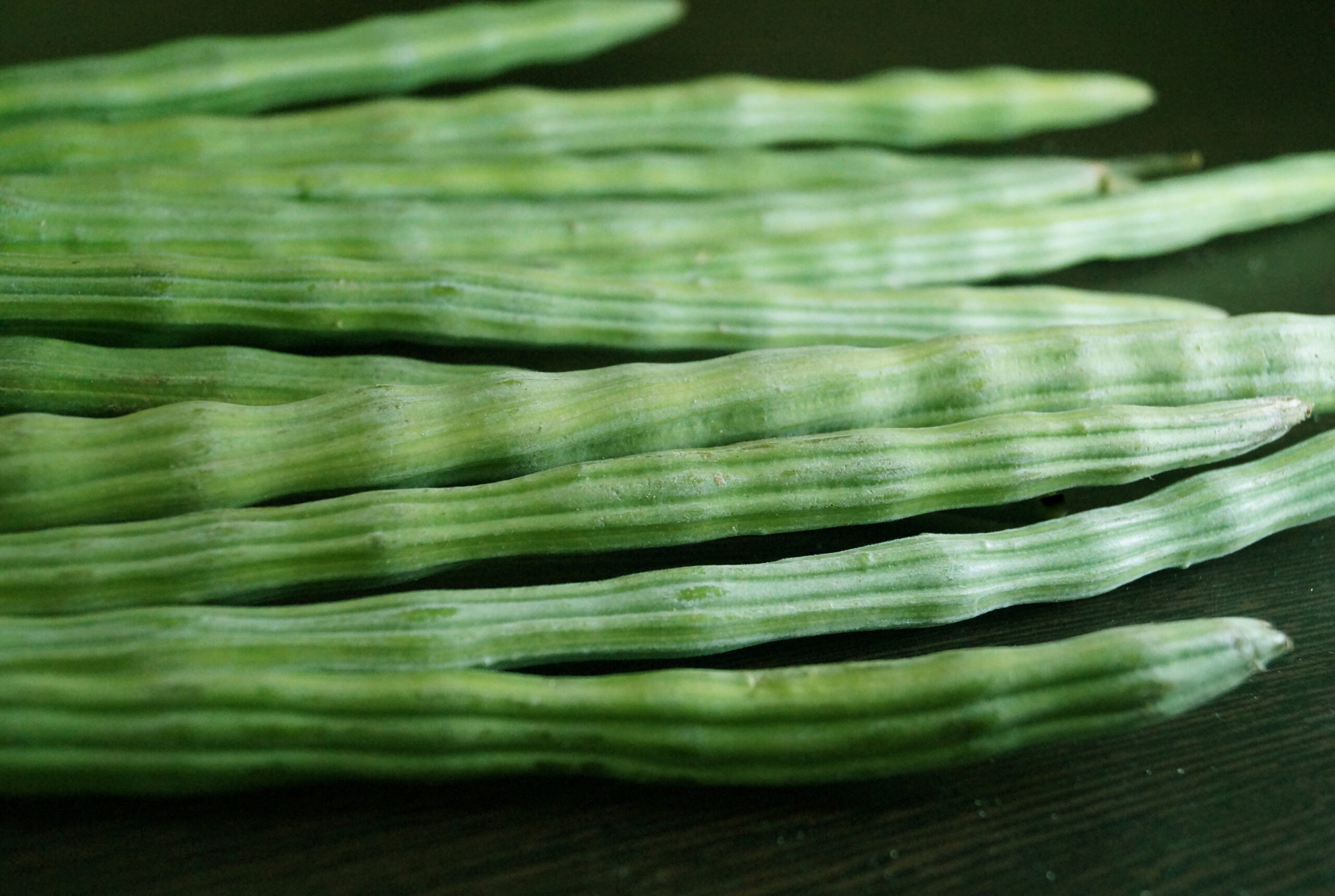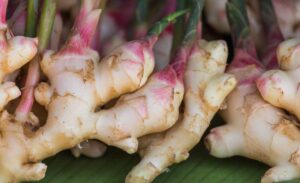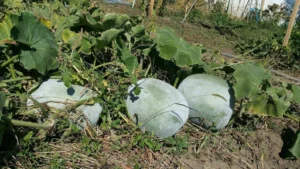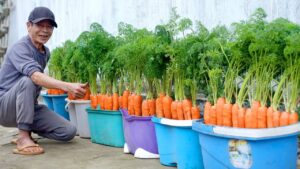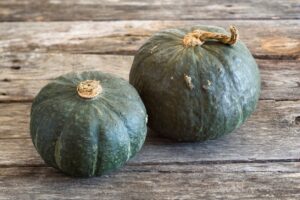How to Grow Drumstick: Complete Guide for Home Gardeners
Drumstick trees (Moringa oleifera) are increasingly popular among home gardeners in the United States, not only for their impressive nutritional benefits but also for their relatively easy growing requirements. Whether you have a spacious garden or just a sunny windowsill, this comprehensive guide will show you how to successfully grow and harvest your own drumstick trees.
What Is the Drumstick Tree?
Native to parts of Africa and Asia, the drumstick tree (also known as moringa or the “miracle tree”) has gained significant attention in the US market for its exceptional nutritional profile. The long, slender seed pods—which resemble drumsticks—are rich in vitamins, minerals, and protein. According to the USDA Agricultural Research Service, moringa leaves contain more vitamin C than oranges, more calcium than milk, more potassium than bananas, and more protein than yogurt.
Growing Conditions for Drumstick Trees in the US
Before diving into specific growing methods, it’s important to understand the basic requirements for growing drumstick trees in the United States.
Climate Requirements
Drumstick trees thrive in warm, tropical to subtropical climates, corresponding primarily to USDA hardiness zones 9-11. If you live in colder regions (zones 8 and below), don’t worry—you can still grow drumstick trees in containers and bring them indoors during winter months.
Soil Preferences
You’ll achieve the best results with well-draining soil that has a neutral to slightly acidic pH (between 6.0 and 7.5). While drumstick trees are known for their adaptability to poor soil conditions, providing optimal soil will significantly enhance growth and yield.
Light and Water Requirements
For optimal growth, drumstick trees need:
- Full sun exposure (at least 6 hours of direct sunlight daily)
- Moderate watering (allow the soil to dry between waterings)
- Protection from strong winds, especially when young
How to Grow Drumstick Trees from Seeds
Growing drumstick trees from seeds is the most common and cost-effective method. Fresh seeds have the highest germination rate, so try to obtain seeds that are less than a year old.

Step-by-Step Seed Germination Process
- Seed Preparation: Soak fresh drumstick seeds in water for 24 hours to soften the seed coat and accelerate germination.
- Planting Medium: Fill a seed-starting tray or small pots with a well-draining seed-starting mix.
- Planting Depth: Plant seeds about 1/2 inch deep in the soil.
- Temperature: Maintain a warm environment (between 70°F and 85°F) to encourage germination.
- Moisture Level: Keep the soil consistently moist but not waterlogged.
- Germination Time: With proper conditions, seeds typically germinate within 5-14 days.
Care for Seedlings
Once your seeds have germinated:
- Ensure they receive adequate sunlight (at least 6 hours daily)
- Water when the top inch of soil feels dry
- Begin fertilizing with a diluted, balanced fertilizer after the first set of true leaves appears
Growing Drumstick Trees in Garden Plots
If you live in USDA zones 9-11, you can grow drumstick trees directly in your garden as perennial plants. In zones 8 and below, you can still grow them as annuals or consider container growing.
Site Selection
Choose a location that:
- Receives full sun exposure
- Has well-draining soil
- Offers protection from strong winds
- Provides enough space (mature trees can reach 15-35 feet)
Planting Process
- Prepare the soil by removing weeds and incorporating organic matter like compost.
- Dig a hole twice as wide and just as deep as the root ball.
- Plant the seedling at the same depth it was in its nursery container.
- Water thoroughly after planting to help establish the root system.
- Apply a layer of mulch around the base to conserve moisture and suppress weeds.
Ongoing Garden Care
| Care Aspect | Requirement | Frequency |
|---|---|---|
| Watering | Deep watering, allowing soil to dry between sessions | 1-2 times weekly (more in extreme heat) |
| Fertilizing | Balanced organic fertilizer | Every 2-3 months during growing season |
| Pruning | Remove dead/damaged branches; shape as needed | Annually in early spring |
| Pest Control | Monitor for aphids, spider mites, and caterpillars | Bi-weekly inspection |
| Disease Prevention | Ensure proper air circulation; avoid overhead watering | Ongoing practice |
Growing Drumstick Trees in Pots
Container growing is ideal if you have limited space or live in colder regions where drumstick trees cannot survive winter outdoors.
Choosing the Right Container
Select a container that:
- Is at least 15-20 gallons in size (for mature plants)
- Has adequate drainage holes
- Is made of durable material that can withstand outdoor conditions
Potting Mix
Create or purchase a potting mix that:
- Drains well while retaining some moisture
- Contains a blend of potting soil, compost, and perlite or sand
- Has a neutral to slightly acidic pH
Container Growing Process
- Fill the container with your prepared potting mix, leaving about 2 inches of space at the top.
- Plant the seedling at the same depth it was in its previous container.
- Water thoroughly until water drains from the bottom holes.
- Place the container in a location receiving at least 6 hours of direct sunlight daily.
Container Maintenance
Potted drumstick trees require more frequent attention than garden-grown ones:
- Water more frequently, especially during hot weather
- Fertilize every 4-6 weeks during the growing season
- Repot every 2-3 years or when the tree becomes root-bound
Growing Drumstick Trees Indoors
While drumstick trees prefer outdoor conditions, you can grow them indoors with proper care. This is especially useful for gardeners in colder climates who want to keep their trees year-round.
Indoor Growing Requirements
For successful indoor cultivation, provide:
- Light: Place near a south-facing window or use grow lights providing 12-14 hours of light daily
- Temperature: Maintain temperatures between 65°F and 85°F
- Humidity: Increase humidity around the plant, especially during winter when indoor air tends to be dry
- Air Circulation: Ensure good air movement to prevent fungal issues
Indoor Growing Tips
- Choose a dwarf variety if available, as these are better suited for indoor cultivation.
- Rotate the plant regularly to ensure even growth and prevent leaning toward the light source.
- Monitor carefully for pests such as spider mites and aphids, which are common on indoor plants.
- Prune regularly to maintain a manageable size and encourage bushier growth.
Seasonal Care for Drumstick Trees

Spring Care
- Apply a fresh layer of compost around established plants
- Increase watering as temperatures rise and growth accelerates
- Begin fertilizing schedule for the growing season
- Prune dead or damaged branches from winter
Summer Care
- Maintain consistent watering, particularly during drought periods
- Monitor for pests and diseases more frequently
- Consider providing afternoon shade in extremely hot climates
- Harvest leaves regularly to encourage continuous production
Fall Care
- Reduce fertilization as growth slows
- Begin decreasing watering frequency
- If in colder regions, prepare potted trees for indoor transition
- Harvest mature seed pods before bringing plants indoors
Winter Care
- If outdoors in zones 9-11: Reduce watering significantly
- If indoors: Maintain adequate light and humidity
- Monitor for indoor pests more vigilantly
- Minimal pruning until late winter/early spring
Harvesting and Using Drumstick Trees
One of the most rewarding aspects of growing drumstick trees is harvesting their nutritious parts for culinary and medicinal uses.
Harvesting Leaves
- Begin harvesting leaves when the plant reaches about 3-4 feet in height
- Cut stems with young leaves attached, leaving at least 1/3 of the foliage intact
- Harvest in the morning for highest nutrient content
- Expect continuous leaf production in optimal growing conditions
Harvesting Seed Pods
- Harvest seed pods when they’re young and tender (about 8-12 inches long)
- Older pods become woody and less palatable
- In the US, pod production typically begins in the second year of growth
Using Drumstick Leaves
Moringa leaves are incredibly versatile in the kitchen:
- Add fresh young leaves to salads
- Cook like spinach in soups and stews
- Dry and grind into powder for smoothies or tea
- Use as a nutrient-dense garnish for various dishes
Using Drumstick Pods
The young pods can be:
- Prepared similar to green beans
- Added to soups and stews
- Lightly steamed as a side dish
- Pickled for longer preservation
Common Problems and Solutions
Pest Issues
| Pest | Symptoms | Solution |
|---|---|---|
| Aphids | Curled leaves, sticky residue | Spray with insecticidal soap or neem oil |
| Spider Mites | Fine webbing, stippled leaves | Increase humidity, apply insecticidal soap |
| Caterpillars | Chewed leaves, visible insects | Handpick or use Bt (Bacillus thuringiensis) |
| Scale Insects | Brown bumps on stems/leaves | Apply horticultural oil, prune heavily infested areas |
Disease Problems
Most disease issues with drumstick trees stem from overwatering or poor air circulation. To prevent problems:

- Ensure proper spacing between plants
- Avoid overhead watering
- Provide good drainage
- Remove affected parts immediately if disease appears
The Growing Drumstick Market in the US
According to information from the USDA National Agroforestry Center, interest in moringa cultivation has grown significantly in the United States over the past decade. Health food stores, farmers’ markets, and specialty grocers increasingly stock moringa products, presenting potential income opportunities for home growers looking to scale up production.
The market value stems from moringa’s reputation as a “superfood” and its versatility in various products:
- Dried leaf powder
- Tea blends
- Nutritional supplements
- Culinary oils
- Specialty produce (fresh leaves and pods)
Conclusion
Growing drumstick trees offers tremendous rewards for home gardeners interested in sustainable, nutritious food production. Whether you have a spacious garden in Florida or a sunny apartment in Chicago, you can adapt these growing techniques to your specific situation. With proper care and attention to seasonal needs, you’ll enjoy the benefits of this remarkable plant for years to come.
Remember that while drumstick trees are relatively easy to grow, they do require consistent care, especially in non-tropical US regions. By following the guidelines in this article, you’ll be well on your way to successfully growing and harvesting this nutritional powerhouse in your own home or garden.
Start with just a few seeds or a small seedling, apply these growing practices, and watch as your drumstick tree becomes a valuable addition to both your landscape and your kitchen!
